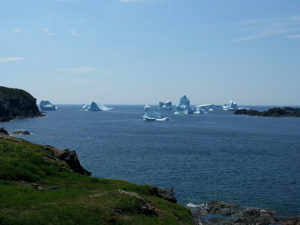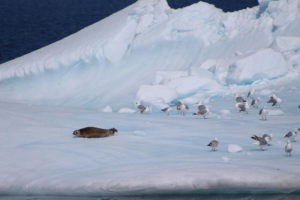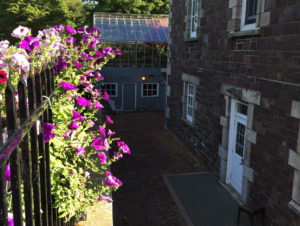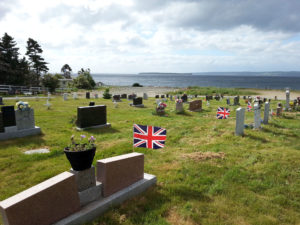There are many reasons to explain why Newfoundland has become such a popular tourism destination of late.
Our provincial television / video advertisements have effectively impressed our country’s natural beauty on a travel demographic who appreciate everything from our magnificent coastal ‘landwash’ to our deeply rooted culture. The people of Newfoundland are spectacular hosts who truly value your visit and the company you provide – see ‘Come From Away’ for the most extreme example. With no agriculture, industry or manufacturing – Newfoundland is likely the greenest and cleanest place you will ever visit. The foodie world has swept through our community and we now boast some of the most delectable, and unique menu items imaginable. Our island status ensures your safety; “How could you have possibly thought you could get away with that – you realize we’re living on an island, don’t you!” And though we had our own money for many years, these days we use the same currency as Canada so the exchange rate is, “spot on”, – to say the least!
Lately I’ve been bold enough to suggest yet another line of logic on this subject; dare I say that Newfoundland has become an “exotic” destination?
By every definition of the word we would certainly seem to qualify. Given the fact that both my parents were born as Newfoundlanders, I am technically a ‘First Generation’ Canadian and therefore a “foreigner” to Canada. I don’t know if I appear “Unusual” to you but you might find it peculiar to note that everyone in Newfoundland looks just like me since we’ve only experienced a single migration of people; all of whom arrived from the south-western corner of Ireland and the South-east coast of England (thank goodness for coastal transportation, a strong church presence and an especially warm welcome to the occasional visitor.) Arguably, we have our own language, and there’s no denying the “t’ousands” of different dialects. There are no “white” fish in our interior “ponds” – just salmonids that can live in either fresh or saltwater, only returning to our rivers and ponds after the last ice age. A variety of mammal subspecies can only be found in Newfoundland – and everyone marvels when informed that this same period of climatic change is responsible for the annihilation of many pests commonly found throughout the remainder of North America; including skunks, porcupines, racoons, possums or even, snakes.
No snakes in Newfoundland? Really? But isn’t the ‘Government House’ in St. John’s surrounded by a ‘dry moat’ intended to keep reptiles outside?
Eh boy?
Moreover, this building was built in a ‘Palladian’ style of architecture most often used in tropical environments where dozens of windows are incorporated into ‘breezeway’s that catch even the slightest draft of air. Its heavy stone construction is most effective in warding the sun’s hot rays before the advent of fiberglass insulation. Its ceilings are high and the rooms quite airy.
Is it not fair to assume that these designers must have thought Newfoundland to be yet another “exotic”, Caribbean island? After all, we were certainly a colonial outpost where British influence maintained everything from a propensity towards ‘right hand drive’ to the provision of only the most basic food resources. Newfoundland is only a two-day sail from Bermuda. We sit considerably further south than England and in fact, share the same parallel as Paris, France. We ran plantations, adhered to a strict social hierarchy, and yes, we love a drop of rum!
Or, were the plans accidentally switched and Bermuda ended up with a building that is far better suited to Newfoundland’s environment? Either way It makes for yet another wonderfully unusual, striking, glamorous, foreign, mysterious, outlandish, “exotic” story.
Not to mention the layers you’ve peeled through to get here! Get it? LOL






